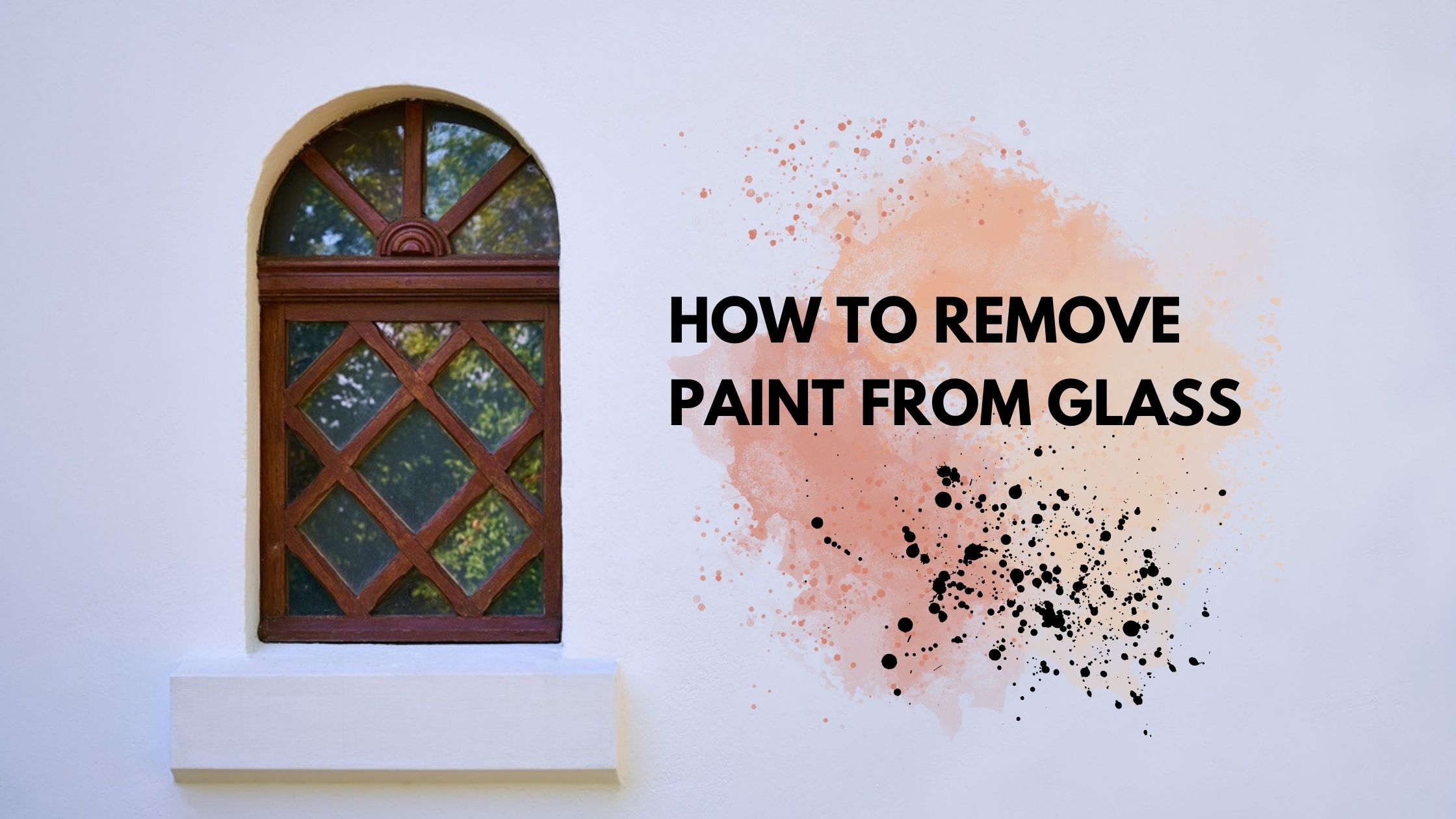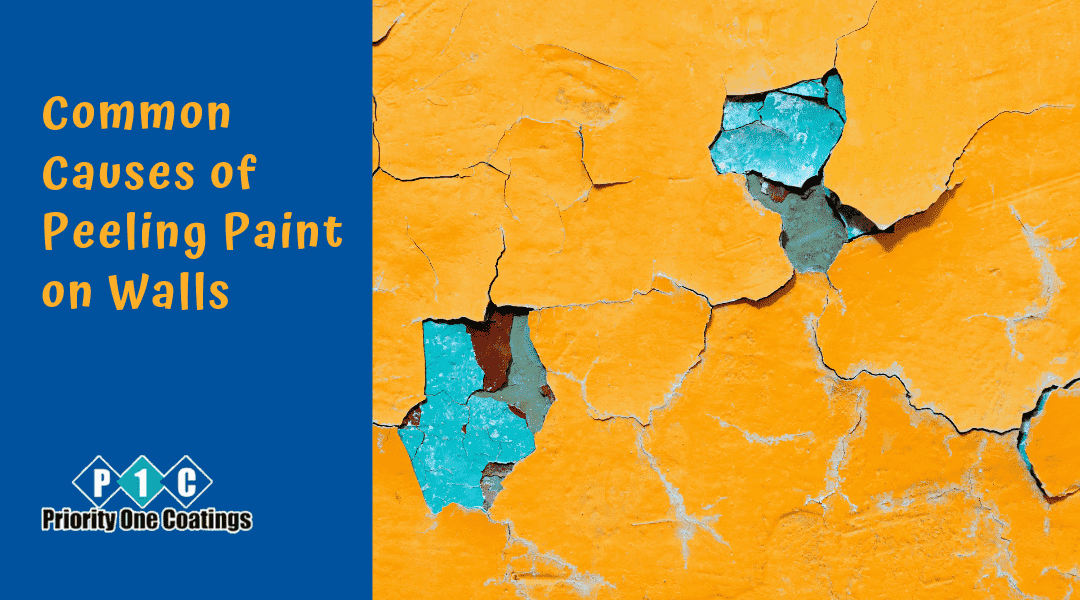Accidentally splattering paint on glass surfaces is one of the most frequent issues while working on home renovation. When painting window frames, doors, or furniture, you might splatter paint onto the glass, which will be frustrating to clean up. You’ll be pleased to know that paint on glass is not as hard to remove as it may seem, particularly when using the right methods and equipment.
Some people worry about scratching the glass while trying to remove the paint, but with the proper techniques, you can restore the surface to its original clarity without causing any damage. This article will walk you through various ways to remove paint from glass, whether it’s a fresh spill or a long-dried stain. Let’s explore the ways together.
Using Warm, Soapy Water for Fresh Paint
If you’ve just noticed paint on the glass and it hasn’t dried completely, the easiest method is to use warm, soapy water. Fill a bowl with warm water and add a few drops of dishwashing liquid. Soak a cloth in the soapy water and place it over the paint for a few minutes. This helps loosen the paint, making it easier to wipe away.
Once the paint has softened, rub it in a circular motion. If needed, use a plastic scraper or an old credit card to scrape off the remaining paint without scratching the glass. Rinse with clean water and dry the surface with a microfiber cloth to prevent streaks.
Removing Dried Paint with White Vinegar
White vinegar is an excellent natural solvent that can break down dried paint on glass. Heat a small amount of vinegar in the microwave until it’s warm, then dip a cloth into it. Place the cloth over the dried paint and let it sit for a few minutes. The heat and acidity of the vinegar will help soften the paint.
Once the paint starts loosening, use a plastic scraper to carefully lift it off the glass. Always use slow, controlled movements to avoid scratching the surface. After the paint is removed, wipe down the glass with a damp cloth to remove any vinegar residue.
Using Acetone or Nail Polish Remover
For tougher paint stains, acetone or nail polish remover can be highly effective. Apply a small amount to a cotton ball or cloth and gently rub it over the dried paint. The acetone will break down the paint, making it easier to wipe away.
If the paint doesn’t come off immediately, let the acetone sit for a minute before trying again. Once the paint is removed, wash the glass with soapy water to remove any chemical residue and dry it thoroughly.
Scraping Paint Off with a Razor Blade
When dealing with stubborn dried paint, a razor blade can be a useful tool, but caution is required. Hold the blade at a 45-degree angle and gently push it under the paint. Do not use the blade at an extreme angle because this increases the risk of scratching the glass.
For best results, spray a tiny bit of soapy water or glass cleaner onto the surface before scraping. This will lubricate the surface and make it possible to slide the blade over the glass without damaging it. Scrape slowly and carefully, periodically checking that you’re not scratching the surface.
Trying a Commercial Paint Remover
If home remedies don’t work, you can use a commercial glass paint stripper. Choose a product labelled as safe to use on glass surfaces and follow the instructions that accompany it closely.
Apply the stripper to the paint, let it stand for the duration recommended, and then wipe or scrape it off. After applying a commercial remover, wash the glass gently with soap and water to eliminate chemical residues.
Final Thoughts
Removing paint from glass does not have to be a cause of concern. As patient as you can be, adopting the right measures, you will successfully remove undesirable paint without damaging the surface. By taking preventative measures and using the right approach, you can keep your glass surfaces looking clean and clear, no matter how messy your painting projects get.
However, if you don’t want to spend excessive time cleaning up your window glasses after repainting your home, you can hire expert house painters like Priority One Coatings, who can protect the surfaces from any spills or paint splatters.

